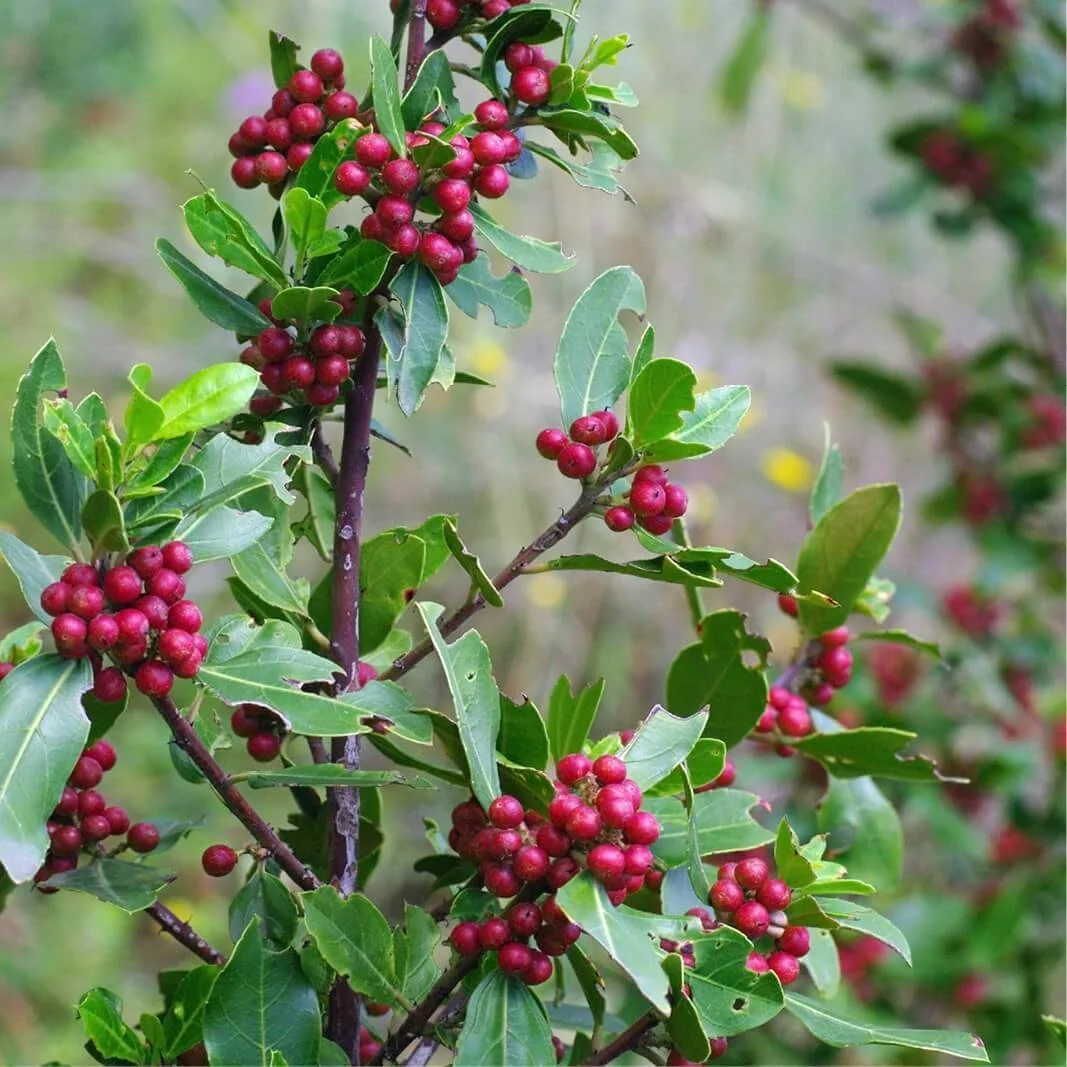Weed Identification: Italian Buckthorn
This week for weed ID Wednesday we are going to learn how to identify and manage Italian Buckthorn (Rhamnus alaternus). Buckthorn is a shrubby tree originally from southern Europe and can grow up to five metres tall. They have a dense and shallow root system which uses up all nutrients in the soil which prevents native plants from growing. Buckthorn can be identified by its small green leaves with small serrations on the edges, its small green flowers and small berries which turn from green to red to black depending on maturity. A small Buckthorn can produce around 11,000 seeds which can lay dormant in soil for up to seven years, making it extremely difficult to eradicate as it requires follow up management. Similarly to Boneseed, due to their prolific seed spreading ability, private landowners on the Mornington Peninsula play a large role in the eradication of Italian Buckthorn and the conservation of native flora, particularly those living on properties bordering reserves & National Parks.
When managing Buckthorn there are two important things to note. Firstly, not to confuse Buckthorn with the indigenous Sea Box (Alyxia buxifolia), these can be distinguished by the different leaf shapes; Buckthorn leaves have serrated edges whilst Sea Box leaves are smooth edged. Secondly, Buckthorn has a taproot that typically grows downwards, horizontally, then back down, making even small saplings difficult to pull out. They can grow from a snapped stem which makes it important to remove the plant roots and all. They can also be removed by cutting as close to the soil as possible and applying a registered herbicide. Two great native alternatives to Buckthorn are Sea Box (Alyxia buxifolia) and Prickly Tea Tree (Leptospermum continentale). The Shire Nurseries are a great place to buy Indigenous plants to fill your gardens with!


